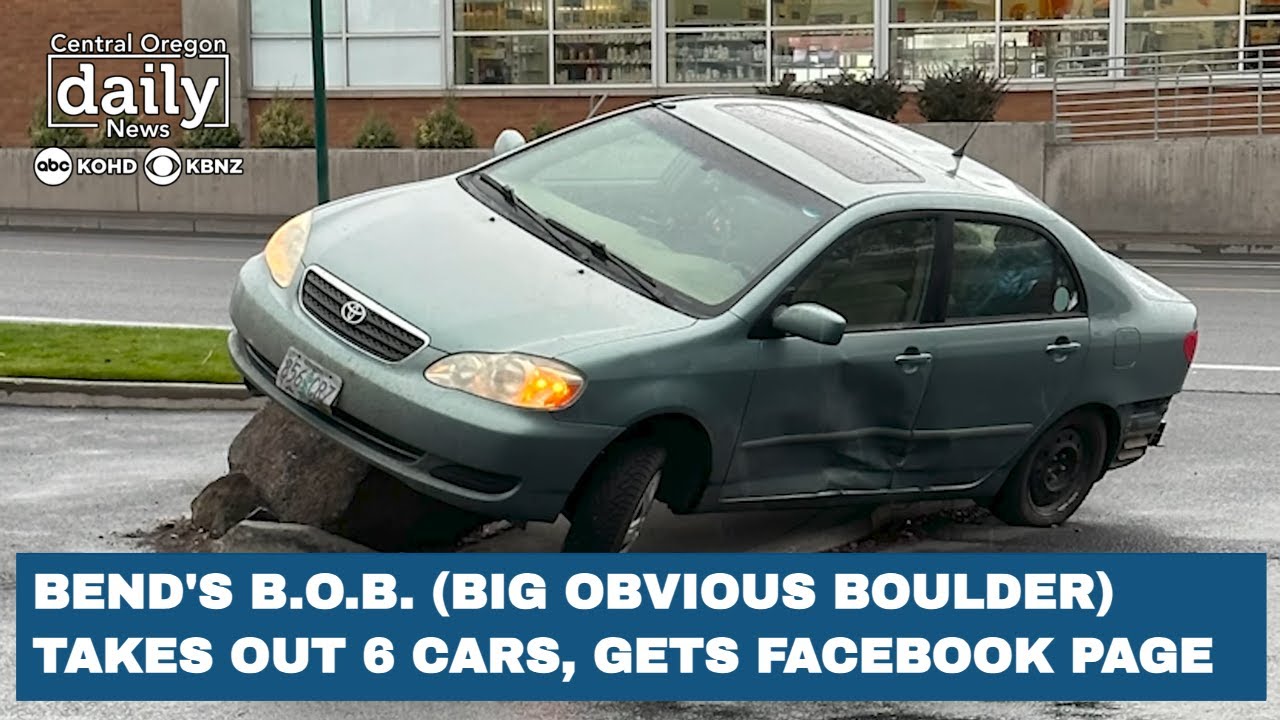

Correct, tariffs are not a consumption tax. That fact doesn’t mean prices will not increase, nor does it mean that small increases don’t have a big impact. We, the common people, will have have to go about our lives with less. Maybe wear your shirts an extra day because laundering more regularly consumes more soap. Perhaps it’s going without avocado on your lunch sandwiches. You’ll still have shirts and sandwiches, but you certainly wouldn’t be as clean or as filled. (See the “surplus” chapter of your high-school/undergrad econ books.)






Yep. My consumer concerns are less of retail sticker-shock than people not realizing how dependent they are on consumer surplus. Even a few thousand a year in tariff related expenditure can be quite impactful on comfort.
Sticker-shock will happen with the tariff-adjacent removal of de minimis. Right now it’s China, but it was threatened against Canada and Mexico too (officially delayed, whatever that may mean). A $50 per-item charge is going to be quite a surprise to many.
E.g. if Canada is going to be levied like China, then my plan of getting a pair of oversized Cam-Lock kits for my Canadian-made Arkel bike panniers is gone out the window. There’s no way I’ll buy small parts when the total package cost is the same as getting a whole new set of panniers.